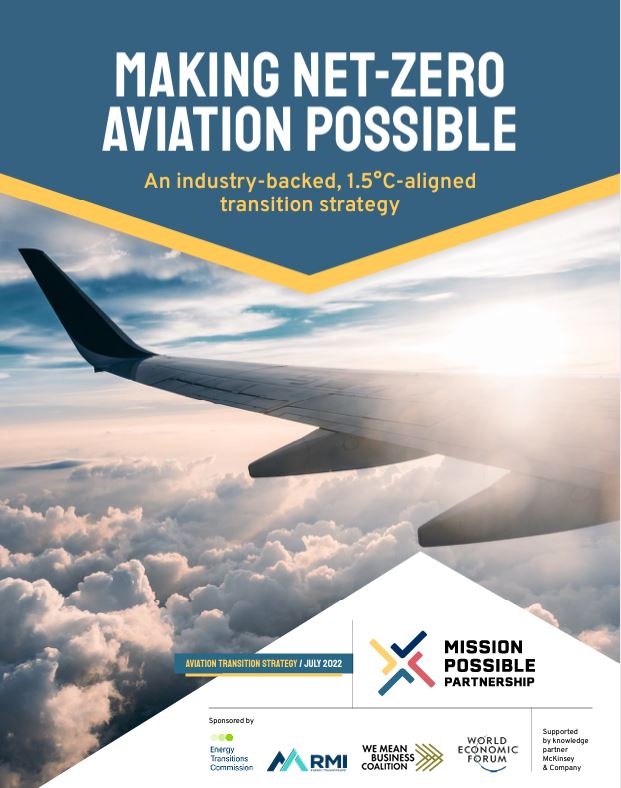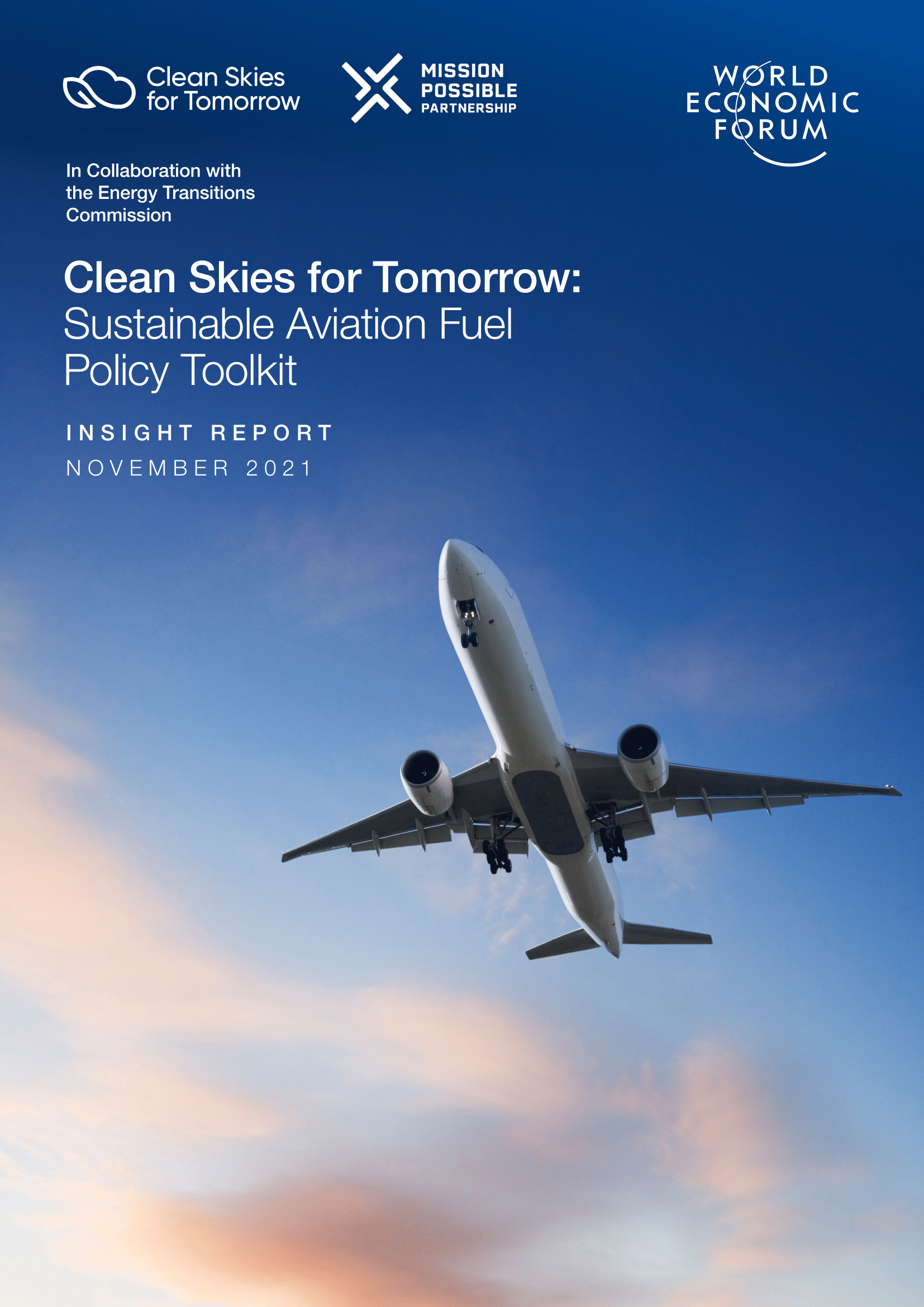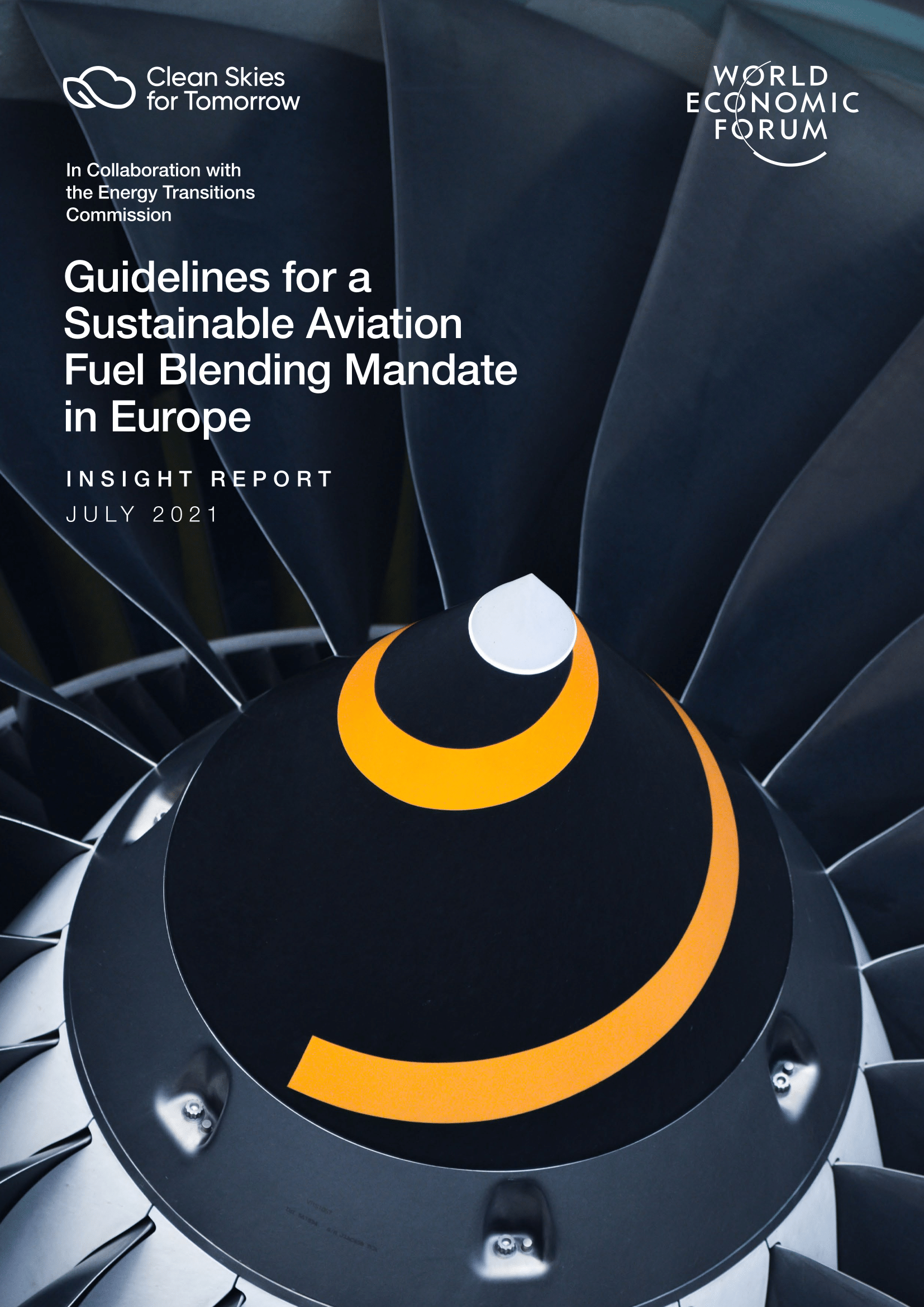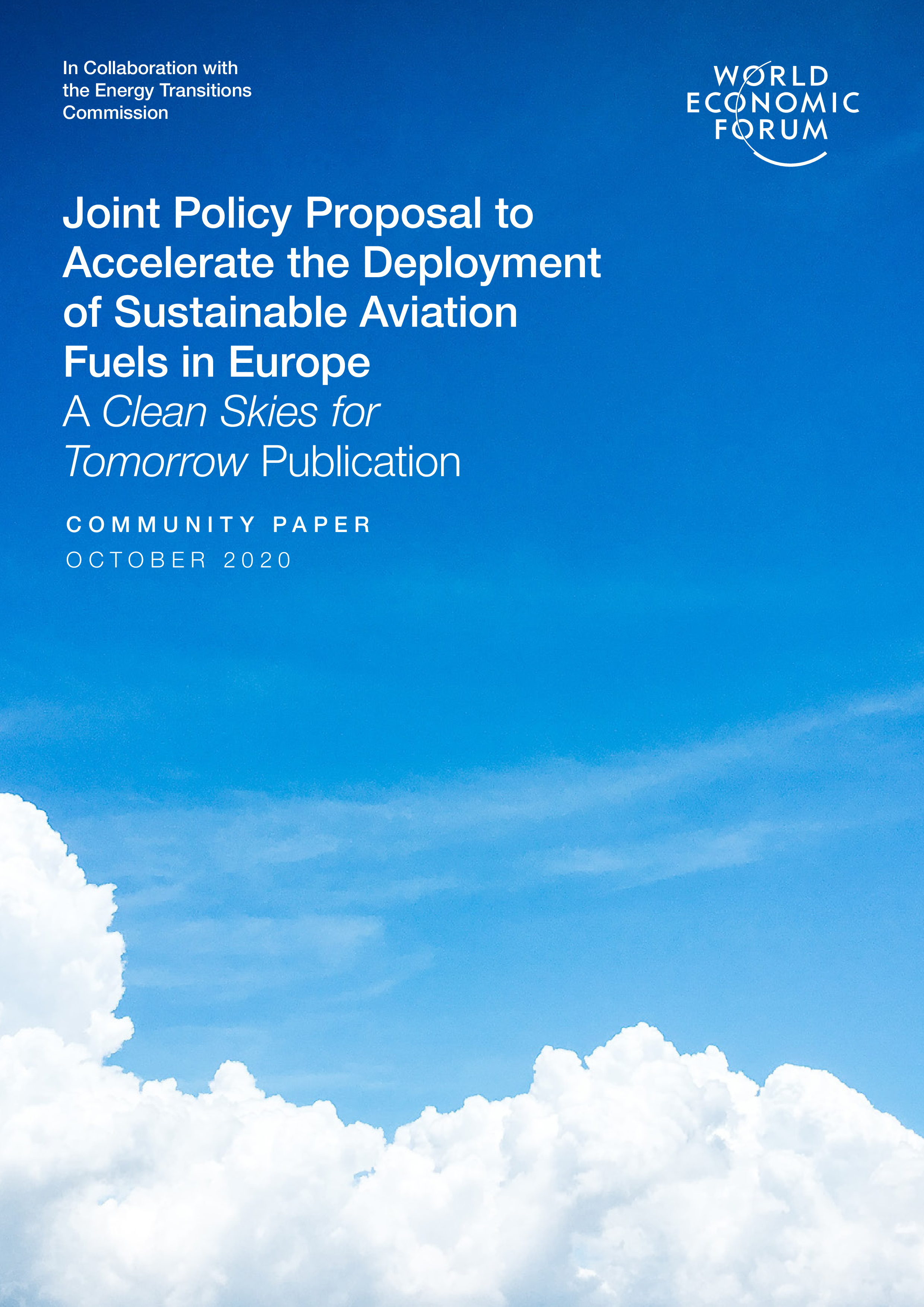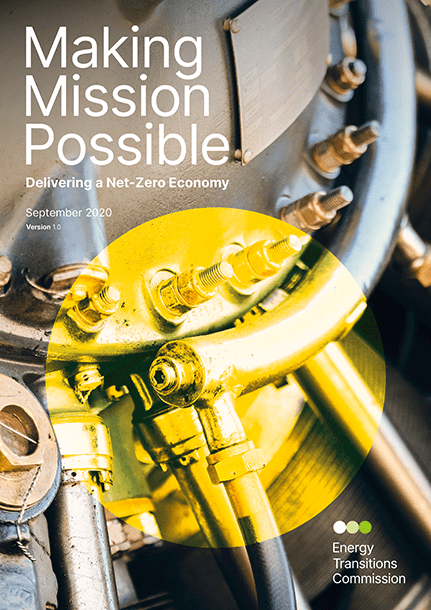Making Net-Zero Aviation Possible
July 2022
In this report, “Making Net-Zero Aviation possible: An industry-backed, 1.5°C aligned Transition Strategy”, backed by more than 60 industry leaders, the Mission Possible Partnership (MPP) and the Clean Skies for Tomorrow Coalition (CST) have released a transition strategy outlining how the aviation sector can reach net-zero emissions in aviation by 2050.
Endorsed by major global aviation leaders including Airbus, American Airlines, Air France-KLM, bp, easyJet, and Shell, signatories include more than one third of the global airline industry, about 95% of the global commercial aircraft manufacturing industry, and 1,950 airports in 185 countries. The report is backed by the whole aviation value chain, with the following signatories: 27 airlines in 19 countries, 1,950 airports in 185 countries, 10 aircraft producers and suppliers, 21 fuel producers & upstream energy providers, and 5 big customers / investment platforms.
MPP’s Aviation Transition Strategy provides a shared vision for the industry’s low-carbon future, detailing real economy milestones for not just 2050, but also for the near-term. The report outlines, for example, that that 10–15% of the final jet fuel demand need to come from SAFs (Sustainable Aviation Fuels) by 2030 in order to kick off the transition to net-zero in the 2030s and 2040s – requiring a ramp-up of the current SAF project pipeline by a factor of 5–6 by 2030.
Global aviation is currently responsible for about 3% of total global, anthropogenic CO2 emissions – having seen an increase by over a third between 2010 and 2019 alone. If aviation were unmitigated, it could be responsible for 22% of global emissions by 2050.
While the current path will see global temperatures rise 2.4°C, this net-zero roadmap would get the industry back on track to deliver on a 1.5°C target. The report makes clear that immediate action within this decade is required to set global aviation on a path to climate-neutrality, following three major milestones: carbon-neutral growth until 2030, halving emissions until 2040, net-zero emissions by 2050.


